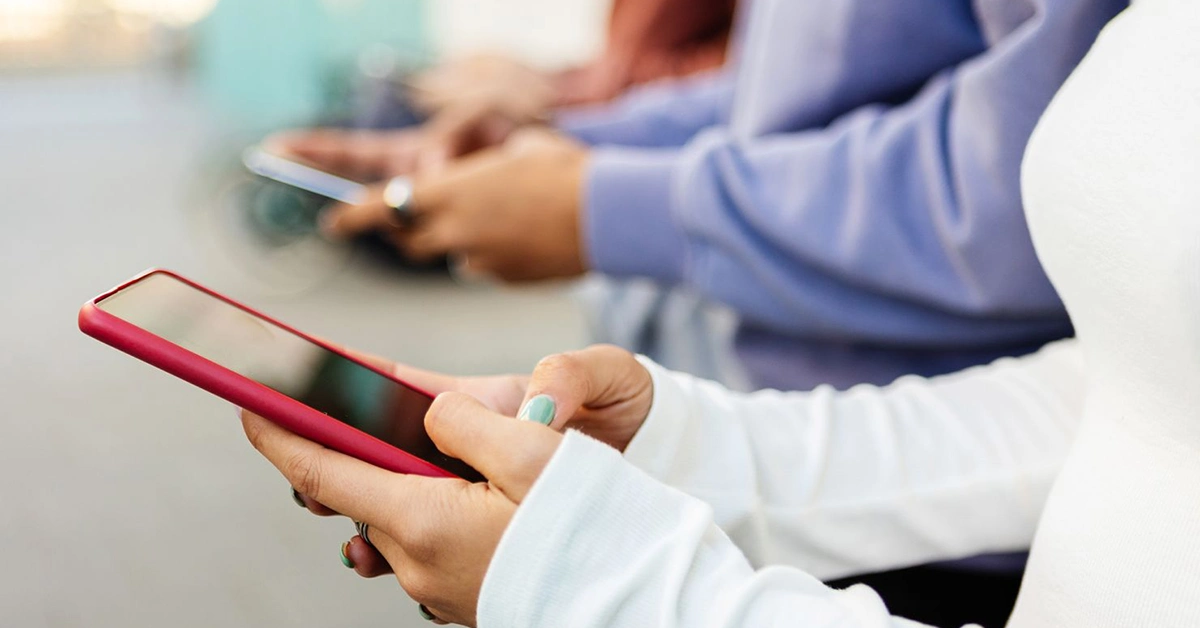
Like everyone, small business owners rely heavily on electronic devices such as smartphones, laptops, and tablets to manage their businesses. These devices help increase productivity, streamline tasks, and allow communication from anywhere. However, spending too much time on electronic devices can lead to issues with work-life balance, mental health, and overall well-being. So, how much time is ideal? And when does screen time become excessive?
Power of Devices to Balance Work and Life
Electronic devices have revolutionized the way we work. Emails can be answered on the go, meetings can happen virtually, and files can be accessed from anywhere. For small business professionals, this flexibility is crucial in maintaining productivity while also carving out personal time. According to a Harvard Business Review study, professionals who use digital tools effectively tend to achieve better work-life balance by leveraging the flexibility to work remotely or during hours that suit their personal schedule. (1)
But while devices help balance responsibilities, they can also blur the line between work and personal life. The convenience of answering one last email or checking an update outside of business hours can lead to burnout. As such, it’s essential to set boundaries with electronic devices to avoid overwhelming yourself.
How Much Screen Time Is Too Much?
According to research from Statista, the average adult spends over 7 hours per day on electronic devices. However, small business owners and professionals often exceed this amount due to the demands of running a company. While time on devices can boost productivity, studies have found that excessive screen time correlates with decreased focus and increased stress. (2)
Experts suggest that professionals should limit their daily screen time for non-essential tasks to around 2-3 hours per day outside of work . This balance ensures enough time for essential work tasks while also protecting mental well-being. The American Academy of Ophthalmology recommends taking regular breaks using the 20-20-20 rule: every 20 minutes, look at something 20 feet away for 20 seconds to reduce eye strain. (3)
The Impact on Mental Health
Excessive use of electronic devices doesn’t just affect productivity—it can also harm mental health. Research published in Psychology Today highlights that screen time, especially on social media and other non-work-related activities, has been linked to feelings of anxiety, depression, and isolation. Small business professionals are particularly susceptible, as they often blend work and personal activities on the same devices. <span class=”source-number”>(4)</span>
Managing mental health means being conscious of how much time you’re spending on screens and recognizing when it’s too much. Studies suggest that limiting recreational screen time to less than 2 hours per day can help reduce feelings of anxiety and promote better sleep patterns.
Tips For Balancing Work and Personal Life
To maintain a healthy balance between productivity and personal well-being, here are a few tips that small business professionals can follow:
Set Device-Free Hours: Establish clear times during the day when you won’t use any devices—whether it’s during meals or before bed. Studies show that avoiding screens an hour before bedtime can significantly improve sleep quality.
Use Technology Mindfully: Be selective with which apps or platforms you engage with during the day. Consider using “Do Not Disturb” features to minimize distractions during important work periods, and schedule personal social media time rather than allowing it to consume your free moments.
Prioritize Breaks: Taking frequent breaks not only reduces eye strain but also enhances focus and creativity. The Pomodoro Technique—working in intervals of 25 minutes with short breaks—can help maintain productivity while reducing the urge to constantly check devices. (5)
Create Separate Spaces for Work and Personal Life: If possible, designate specific areas for work and relaxation. This distinction helps the brain associate certain spaces with work and others with downtime, making it easier to unplug at the end of the day.
Track Your Screen Time: Use apps or built-in device tools to monitor your screen time. Seeing how much time is spent on certain activities can be eye-opening and motivate you to cut back on unnecessary usage.
Conclusion
While electronic devices are indispensable tools for small business professionals, it’s important to remember that too much screen time can take a toll on both productivity and mental health. By setting boundaries, being mindful of usage, and taking regular breaks, you can strike the right balance between leveraging technology for work and preserving your personal well-being.
Dynamic Edge Can Help
Since 1999, Dynamic Edge has helped hundreds of small and mid-sized businesses maximize the return on their technology investment. Contact us today for a free network assessment, so that we may help you implement cost-effective security solutions to keep your organization and its clients safe and productive. Our Help Desk features friendly, experienced engineers who answer calls live and solve more than 70% of issues on the first call.
- https://hbr.org/2022/09/the-surprising-benefits-of-work-life-support
- https://www.statista.com/statistics/262340/daily-time-spent-with-digital-media-according-to-us-consumsers
- https://www.aao.org/eye-health/tips-prevention/digital-devices-your-eyes
- https://www.psychologytoday.com/us/blog/tech-happy-life/201812/how-much-screen-time-is-too-much
- https://www.themuse.com/advice/take-it-from-someone-who-hates-productivity-hacksthe-pomodoro-technique-actually-works


